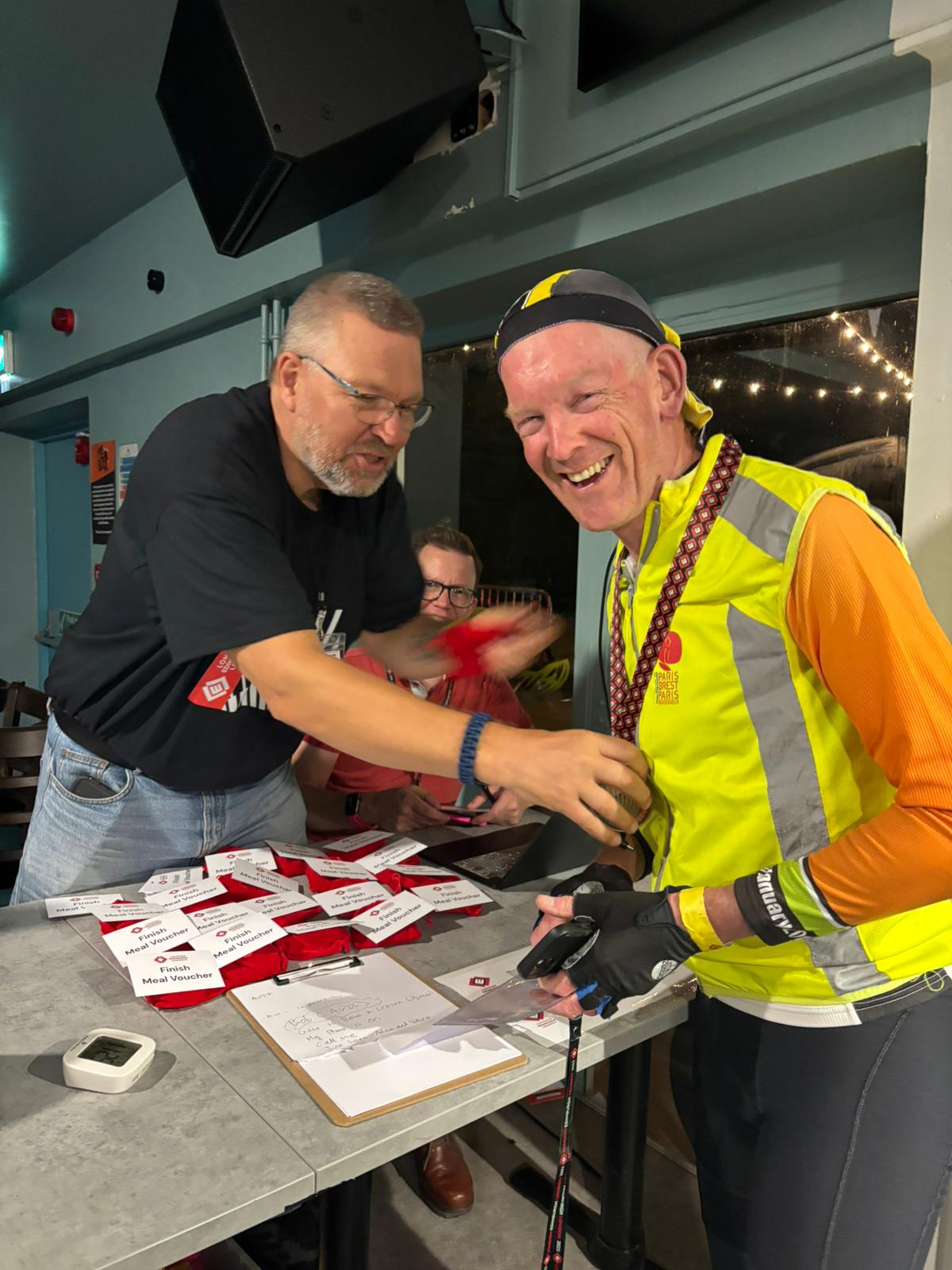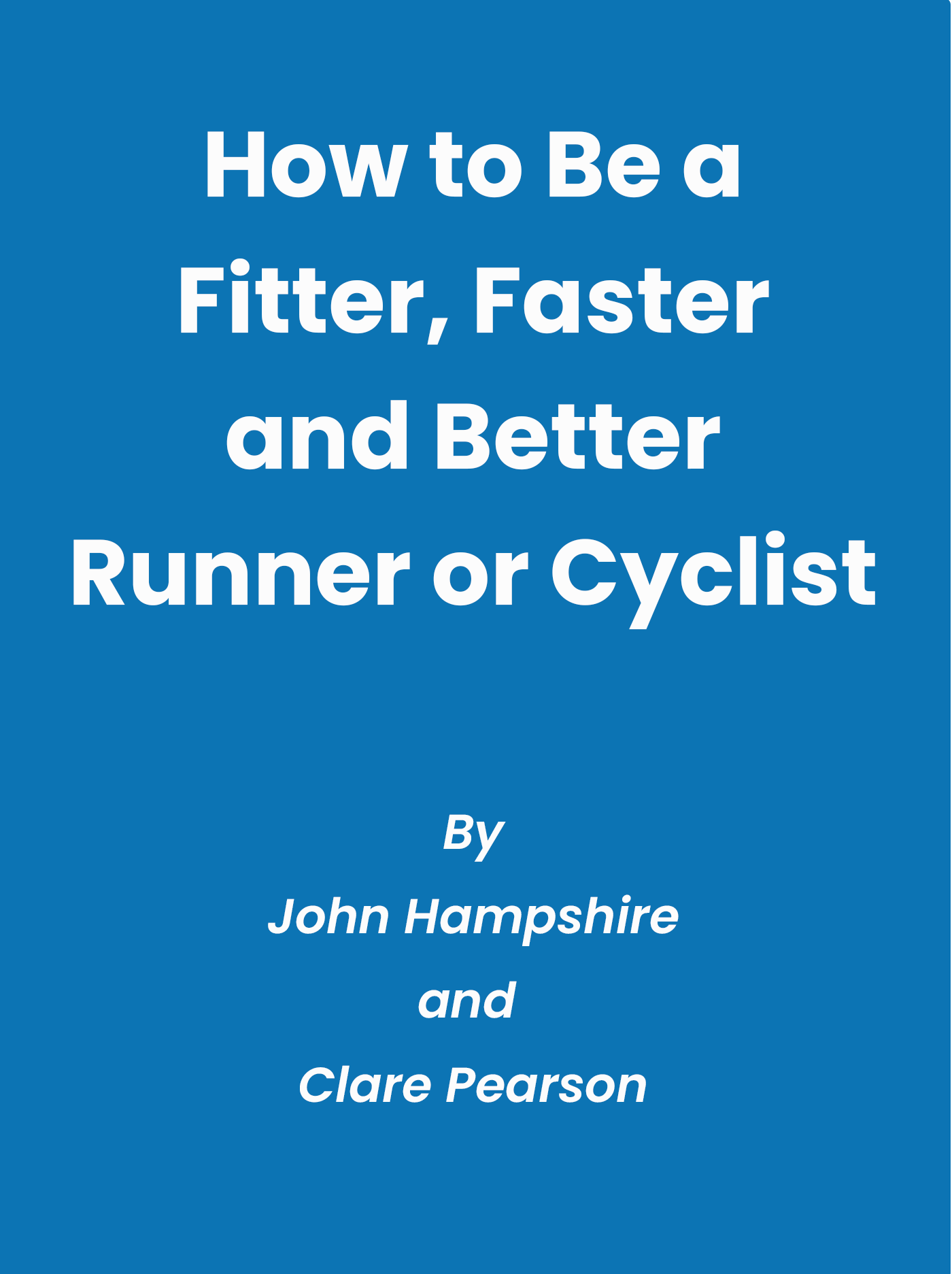PBP 2027 After LEL: Complete Training Guide for Paris-Brest-Paris

Introduction
The recent London-Edinburgh-London (LEL 2025) event, though shortened due to the unexpected fury of Storm Floriss, left many riders with a sense of unfinished business. While the achievement of tackling this challenging 1530km route remains significant even in its abbreviated form, many cyclists are already looking toward their next endurance challenge. For many, the prestigious Paris-Brest-Paris (PBP) 2027 represents the perfect opportunity to channel this energy and determination into a new goal, as they await the next LEL cycle in 2029.
Understanding Paris-Brest-Paris: The World's Oldest Cycling Event
Unlike LEL, Paris-Brest-Paris has its own distinct character as one of cycling's oldest and most celebrated events. This legendary 1,200km randonnée between Paris and Brest (and back again) takes place every four years in August; the next PBP being 2027.
The PBP Route and Profile
The PBP route stretches approximately 1,200 kilometers (745 miles) from the outskirts of Paris to the coastal city of Brest in Brittany, before returning along a similar path to Paris. While the exact route may see minor adjustments each edition, the fundamental character remains consistent.
The picture below shows Etape 7 Carhaix-Brest from 2023 to give you an idea of the terrain of the course; this is fairly representative of the type of terrain you can expect.

The terrain is best described as undulating rather than mountainous. You'll encounter numerous rolling hills throughout the journey—particularly in Brittany—but no major alpine or mountain climbs. This presents its own challenge, as the constant up and down can be deceptively taxing over such a long distance. The total elevation gain typically falls between 11,000-12,000 meters across the entire route.
Key sections of the PBP cycling route include:
- The departure from Rambouillet (southwest of Paris)
- The beautiful countryside of Normandy
- The more challenging hills of Brittany
- The westernmost point at Brest
- The return journey through the same regions
PBP Time Limits
PBP operates with several different time limits based on your starting group. According to the regulations, these are the primary time categories:
- Solo cyclists departing Sunday 16:00-17:00: 80 hours
- Special bikes (tandems, triplets, etc.) departing Sunday 17:15: 90 hours
- Solo cyclists departing Sunday 17:30-21:00: 90 hours
- Special bikes departing Monday 04:50: 84 hours
- Solo cyclists departing Monday 05:00-06:00: 84 hours
These time limits include all stops for rest, food, and sleep, making efficient time management critical to success.
It's important to note that the time limits for the PBP control points require a faster average speed than LEL (13.3km/hour for a 90 hour slot) with the assumption that you will ride out (to Brest) faster than you will ride back. This is a significant increase in average speed from LEL requirements of around 12.2km/hour for the 128-hour time limit.
PBP Checkpoints and Controls
The event features official control points (contrôles) spaced throughout the PBP route where participants must have their brevet cards stamped to verify their passage. Some of these controls offer additional amenities:
- Food service (varying from light snacks to full meals)
- Dormitory facilities for sleeping
- Mechanical support
- Medical assistance
Dormitory space is limited and not guaranteed. Many riders develop their own PBP sleep strategy, which might include:
- Hotels in towns along the route (booked well in advance)
- Quick roadside naps
- Sleeping under the stars at control points
- Small bivvy setups in suitable locations
It's important to note that most of the facilities are extra so you will need to have money (euros) to pay for them if you wish to use them.
The French Experience and PBP Support
One of PBP's most distinctive features is the incredible roadside support from locals. The French public embraces this event with remarkable enthusiasm—setting up impromptu aid stations and offering encouragement.
Villages and towns along the route often turn the passing of cyclists into festive occasions, with spectators cheering creating a party atmosphere that is very uplifting to the tired cyclist. This atmosphere creates a unique emotional experience that many participants cite as a highlight of their journey.
A Note on French Etiquette for PBP
Navigating France as an international participant adds another dimension to the PBP experience. Many French people speak excellent English, however they do like it if you make an effort. A few cultural courtesies can significantly enhance your interactions:
- Bonjour: Perhaps the most important French word to know. Always begin any interaction by saying "bonjour" (good day) when entering shops, sitting at tables with others, or entering waiting rooms. This simple greeting is considered essential politeness in French culture; it's considered very rude not to say Bonjour.
- Merci: Expressing thanks with a simple "merci" goes a long way.
- S'il vous plaît: "Please" is always appreciated when making requests.
- Pardon: For navigating crowds or if you need to pass someone.
Even with minimal French vocabulary, these basic courtesies demonstrate respect for local customs and will typically result in warmer interactions throughout your PBP journey.
PBP Qualification: Getting Ready - Start At Least a Year Before
At Endurance Bike and Run, we've seen a clear pattern among successful Paris-Brest-Paris participants. Those who complete a Super Randonneur Series the year before their PBP qualification consistently perform better than those attempting everything for the first time in the qualification year.
The Super Randonneur Series—consisting of 200km, 300km, 400km, and 600km brevets—serves as excellent preparation for PBP. Completing this series twice (once in 2026 and once during your 2027 qualification year) provides several advantages:
- You establish a solid endurance foundation before your qualification year begins
- You gain valuable experience with the brevet format and requirements
- You reach the PBP start line with appropriate fitness and less accumulated fatigue
- You develop mental resilience through repeated long-distance challenges
This approach transforms PBP from an intimidating unknown into a natural progression of your established endurance journey. For those who completed LEL 2025 and are looking ahead to PBP 2027, this provides the perfect training structure for the interim period.
Another additional benefit noted by our Stephen (4 time finisher of PBP, pictured above) is that the PBP entry system favours those who have done approved events the year before: -
"I have used this as motivation to go out and do a super series which has any number of benefits ... I have previously started with a 200 and progressed up to a 600 knowing that as I complete each ride (and get an homologation) then I have moved up the queue to guaranteeing an entry. Qualification is its own story, but the logistics that I need to deal with getting there from here mean I prefer far more confidence of being able to get on the start line. Even without that, there is value in getting the rides done just to boost the confidence and get more experience in prior."
The Traffic Light System: Managing Your Training Load
Before diving into specific training approaches, we'd like to introduce our Traffic Light System at Endurance Bike and Run. This tool can help you monitor and adapt your training based on overall life stress, not just physical exertion from cycling.
The Traffic Light System acknowledges that stress comes from multiple sources—work, family, and other commitments—all of which impact your capacity to train effectively. By monitoring these factors daily, you can adjust your training intensity appropriately, staying healthy and ensuring you're at peak performance when it matters most. You can find more details in other blog articles and on our YouTube channel.
Seasonal Planning: Respecting the Recovery Cycle After LEL
After completing a demanding event like LEL 2025 (even in its shortened form), proper recovery is essential. Many cyclists make the mistake of jumping straight back into intense training, risking burnout and injury.
A structured off-season provides your body and mind time to recover fully. This doesn't mean complete inactivity—rather, it's a period of reduced volume and intensity with an emphasis on enjoyment rather than structured training.
Key off-season guidelines:
- Allow 2-4 weeks of very light activity after a major event like LEL
- Gradually reintroduce structured training
- Keep testing yourself at higher intensities and take a step back if you're still tired
- Consider cross-training to maintain fitness while giving cycling-specific muscles a break
- Focus on addressing any imbalances or weaknesses that emerged during your event
Be Consistent: The Key to PBP Training Success
Our coaching experience and global evidence has repeatedly shown that consistent, moderate training produces better results than short, sporadic intense periods followed by forced rest due to exhaustion. This consistency typically follows a structured pattern:
Macro-cycles (12-24 weeks)
These extended training blocks align with your seasonal goals and major events.
Meso-cycles (3-4 weeks)
Within each macro-cycle, organize your training into 3-4 week blocks where every third or fourth week serves as a recovery period with reduced volume.
This structured approach prevents the common cycle of overtraining and enforced recovery that derails many endurance athletes' preparation.
Block Periodization for PBP Success
When preparing for an event like Paris-Brest-Paris, focused training blocks of approximately six weeks can target specific fitness components. At Endurance Bike and Run, we typically recommend progressing through these phases:
Base Endurance and Aerobic Threshold (early preparation)
- Building mitochondrial density
- Developing fat oxidation capacity
- Establishing cardiovascular efficiency
Functional Threshold Power (mid preparation)
- Improving sustainable power output
- Developing muscular endurance
- Building time efficiency at moderate intensities
Polarized Training + VO2max Development (later preparation)
- Increasing maximal oxygen uptake
- Improving neuromuscular power
- Creating physiological headroom that makes endurance pace feel easier
- Inclusion of increasingly specific endurance rides
This progression works particularly well for ultra-endurance events because improvements in VO2max can be achieved relatively quickly and create a significant perception benefit—when your Zone 2 endurance pace represents a lower percentage of your VO2max, it feels substantially easier to maintain over long distances.
You will also benefit from doing 'practice events' - the rides of the Super Randonneur Series work perfectly for this format; you may also choose to do a longer event the year before if you want to get a real feel for how you manage beyond 600km and to end your season.
Personalized Approaches: Be Your Own Personal Scientist
While the principles outlined above provide a solid framework, every cyclist responds differently to training stimuli. Some riders thrive with higher volume, while others respond better to intensity. Some recover quickly between sessions, while others need more time.
Becoming your own personal scientist—tracking responses to different training approaches and adapting accordingly—is essential for optimal preparation. Factors to monitor include:
- Sleep quality and quantity
- Resting heart rate and heart rate variability
- Perceived exertion versus actual power output
- Motivation and mental freshness
- Recovery time between sessions
By systematically tracking these variables, you'll develop a personalized approach that maximizes your specific physiology.
Conclusion: From LEL to PBP - The Ultimate Audax Progression
The journey from London-Edinburgh-London to Paris-Brest-Paris represents a natural progression in the ultra-distance cycling world. With structured training, appropriate recovery, and consistent effort, you can transform your "unfinished business" from LEL 2025 into triumphant completion of one of cycling's most prestigious events in 2027, before potentially returning to tackle LEL 2029.
Remember that the journey itself—the training, the preparation brevets, and the personal discoveries along the way—forms an integral part of the PBP experience. Embrace each phase, respect your body's signals, and approach this challenge with both determination and intelligence.
Sign up to weekly insights via e-mail
Please share with your friends
Other articles you might like
Tags:
Cycle Training, Bikepacking, Endurance Training, Coaching, ultra running, ultra-cycling, audaxAugust 19, 2025


Comments